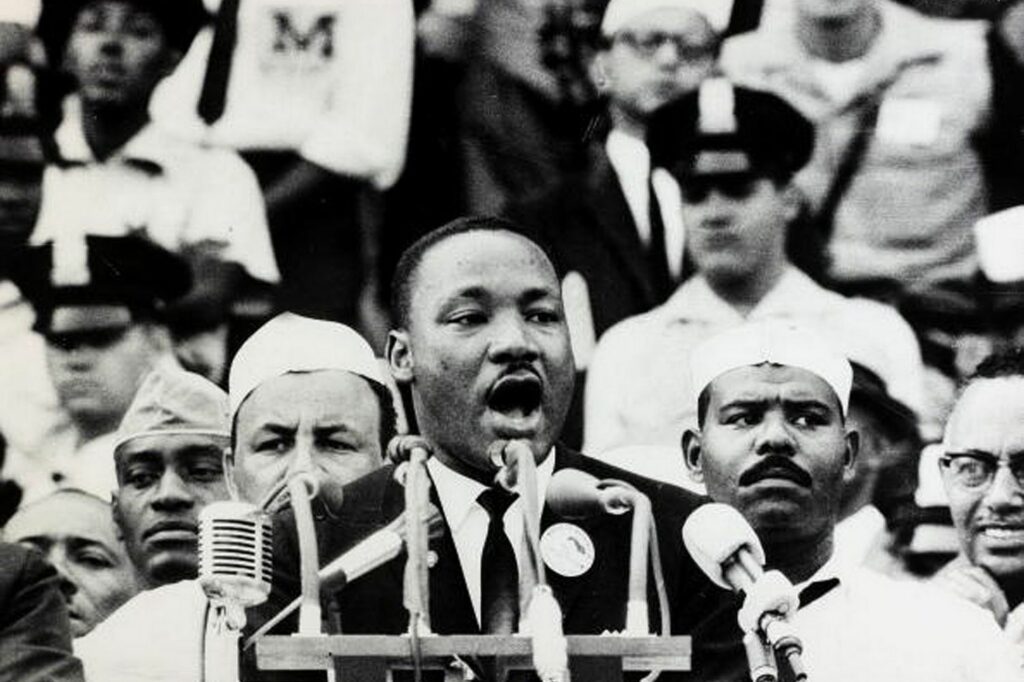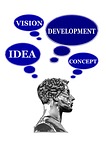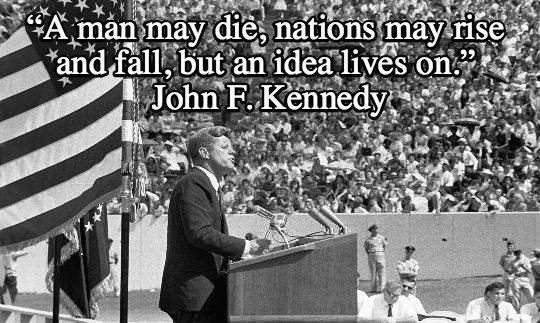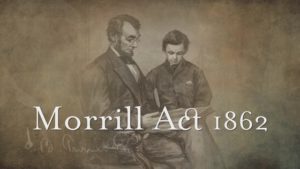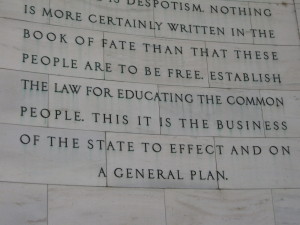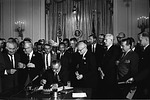“We live in a world in which we need to share responsibility. It’s easy to say ’It’s not my child, not my community, not my world, not my problem.’ Then there are those who see the need and respond. I consider those people my heroes.” Fred Rogers
When we have under-performing schools anywhere in our country, do we see it as a systemic problem? Do we think it is our shared responsibility to support the educational and developmental needs of all children where and when they need us to do so?
The education reform war reached a new crescendo over “accountability.” We have come to talk and think in terms of “accountability” but the word is interchangeable with “responsibility.”
I have come to believe that we need an accountability system that respects the local responsibility, has true state accountability for equitable resources, and recognizes a federal duty to monitor progress for the purpose of providing guidance and support.
So if we want to continue to look at the issue of “improvement” in terms of “reform,” school reform is a local responsibility. States are charged with an accounting of inputs and outcomes to provide meaningful oversight. And the federal government should oversee the broader topic of “education reform” as it applies to the necessities of maintaining a strong republic based on equal opportunity and American excellence.
Everyone should know by now that top-down education mandates for accountability tied to higher “achievement” scores has only furthered our resistance to change, made a bad situation worse for many, and escalated the education wars. The scholars are fighting over issues the people can’t understand, while citizens are growing frustrated and walking away. This fighting must end.
Children need us to form partnerships. Partnerships aren’t a way to shift responsibility; they are a way to share it.
If we see educating children as a societal obligation, if the focus is children, our responsibility is to be responsive to them.
They need us to negotiate a truce.


